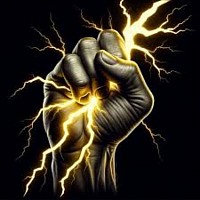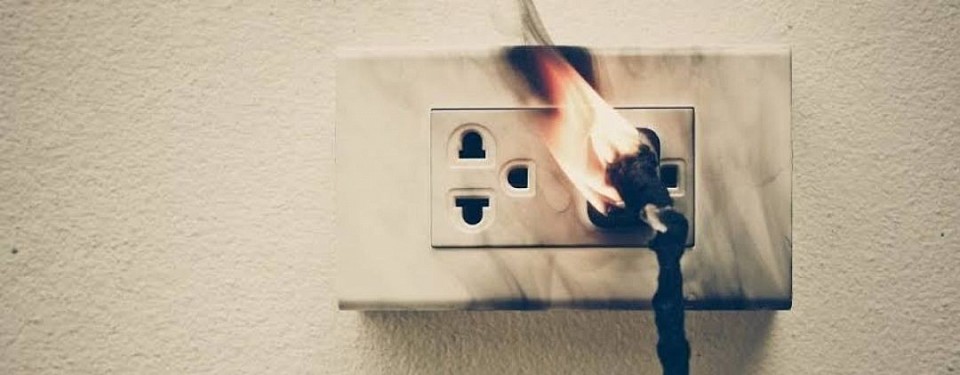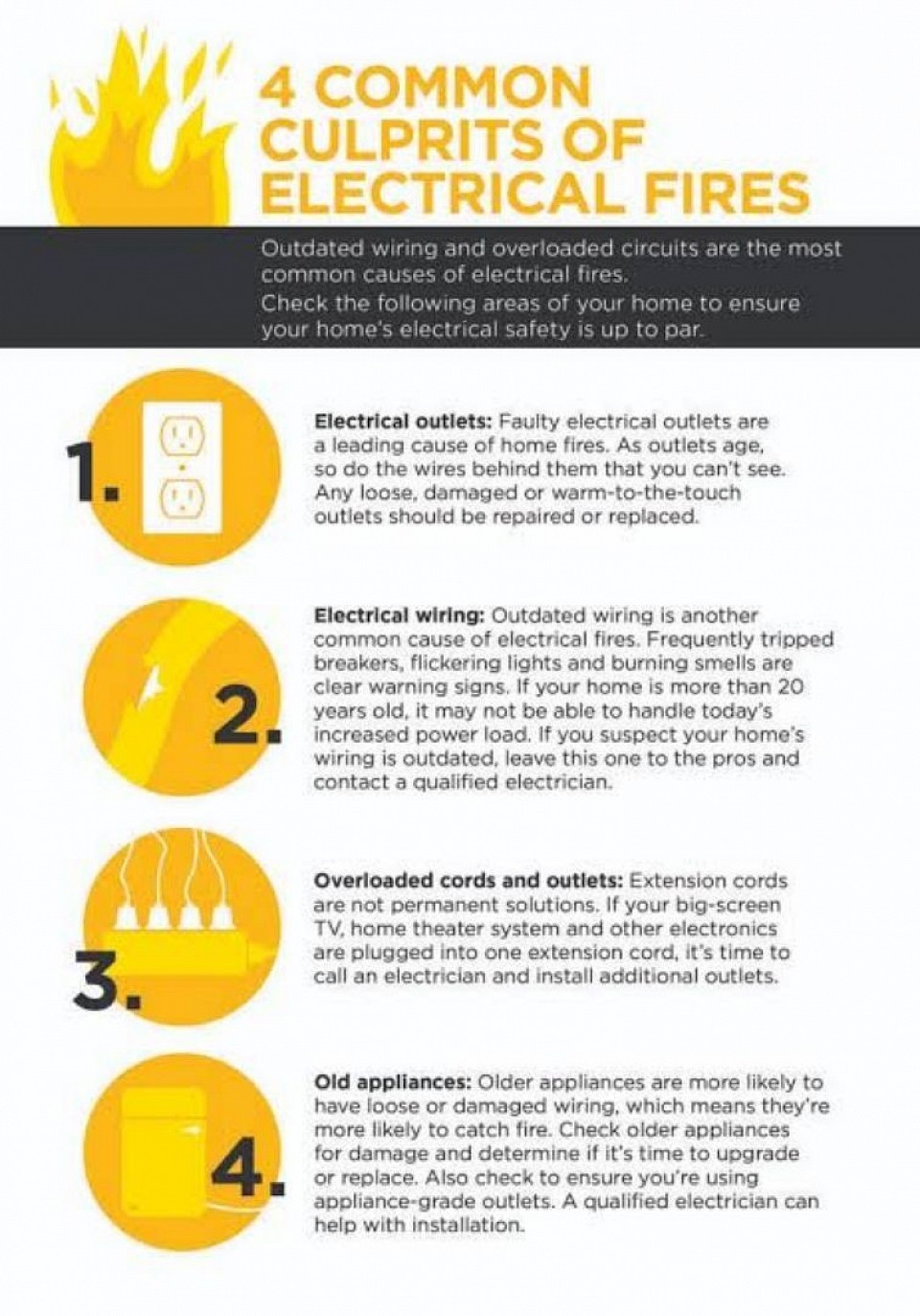About us page
Frequent Electrical Problems and Their Indicators
Common electrical issues include tripped circuit breakers, flickering or dimming lights, high electricity bills, loose or faulty outlets, and outdated wiring; it's crucial to address these problems promptly to ensure safety and prevent potential hazards. Signs of Potential Electrical Problems:Frequent Circuit Breaker Trips:This can indicate an overloaded circuit or a short circuit. Flickering or Dimming Lights:This can be a sign of loose connections, faulty wiring, or an overloaded circuit. High Electricity Bills:While fluctuations in usage can contribute, consistently high bills despite similar consumption could indicate electrical inefficiencies or faults. Loose Outlets or Switches:Wobbly or loose outlets or switches can indicate a problem with the wiring or connections. Buzzing or Crackling Sounds:These sounds can indicate a loose connection or a failing component. Hot Outlets or Switches:If an outlet or switch feels unusually hot, it could be a sign of a problem, potentially a fire hazard. Burning Smell:A persistent burning smell could indicate a serious electrical problem, like faulty wiring or a short circuit. Visibly Damaged Wiring:If you see any signs of damage to your wiring, such as discoloration, fraying, or burning, contact an electrician. Outdated Wiring:Older homes, especially those with knob-and-tube or aluminum wiring, may have outdated wiring that needs to be replaced. Failing Bulbs:If you are frequently replacing light bulbs, this could be an indicator of a problem with the voltage or the wiring. Electrical Surges:These can damage electronic devices and are often caused by lightning, faulty wiring, or power line issues. Blown Fuses:A blown fuse can indicate a problem with the circuit, and if it keeps blowing, it's important to address the underlying cause.




